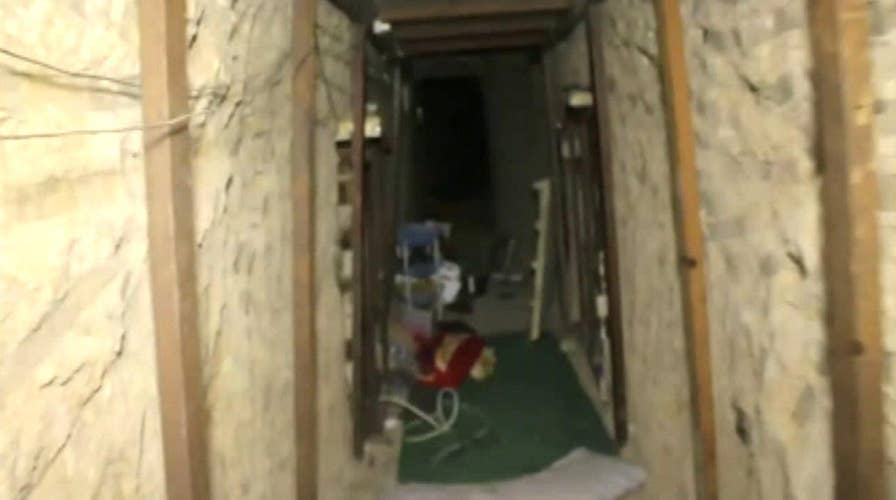Vile ISIS warlords have sunk to a sick new low by hiding deadly bombs inside children’s teddy bears.
Now ISIS hides bombs inside teddy bears and toy trucks: Barbarians using improvised devices to target children as forces close in on Mosul pic.twitter.com/YG6JFfjktY
— Ahmad Batebi (@radiojibi) October 31, 2016
The innocent-looking toys – left scattered on the streets of Mosul – are used to trigger deadly booby traps that detonate as soon as they are picked up.
Those in the Iraqi war zone say the heartless ploy is clearly intended to target children as adults would walk straight past them.
TWO YEARS IN HELL: EX-ISIS SEX SLAVE REUNITED WITH CHILDREN, FAMILY
These and other cunningly disguised improvised explosive devices (IEDs) have now been put on display at a training centre for locally-based bomb disposal experts.
Colonel Nawzad Kamil Hassan, an engineer with the Kurdish forces, told the Guardian: "Why would ISIS use something nice, like a bear or a rabbit?"
Mosul has been under ISIS control since June 2014.
KURDS, IRAQIS BENEFITS FROM VAST NETWORK OF SPIES WITHIN ISIS' RANKS
The current offensive to take it back is the largest deployment of Iraqi forces since the 2003 invasion by the U.S. and coalition forces.
The U.S. military estimates ISIS has up to 5,000 fighters inside Mosul and between 1,500 and 2,500 in a defensive belt around the city.
More from The Sun
Of these, around 1,000 are believed to be foreign fighters.
A spokesman for Popular Mobilisation Units, an umbrella group for the militias, confirmed at the weekend that around 15,000 Shiite fighters would be participating in the offensive.
The involvement of Iranian-backed Shiites has raised concerns about religious tensions becoming inflamed in the mainly Sunni city.
The militias have been accused of committing abuses against citizens in other Sunni areas taken back from ISIS in recent months.
Turkey’s president warned their behaviour would be closely monitored to safeguard ethnic Turkmens living in Iraq.
Recep Tayyip Erdogan said a Turkish response could be triggered if militias ‘terrorise’ the Iraqi-Turkmen town of Tel Afar during the Mosul conflict.
Militia commanders have said their forces will not enter Mosul and will focus on surrounding towns like Tel Afar.

